Shotgun News, June 1, 2007, pp. 26-27
Machine Guns in the Classroom
My wife teaches British literature at one of the local universities—with a special emphasis on the poetry of World War I. If you are about to turn the page because of memories of poetry from English classes in high school, well, let's just say that my wife's approach is somewhat different from what you remember. As an example, students walk into the classroom, and see this:
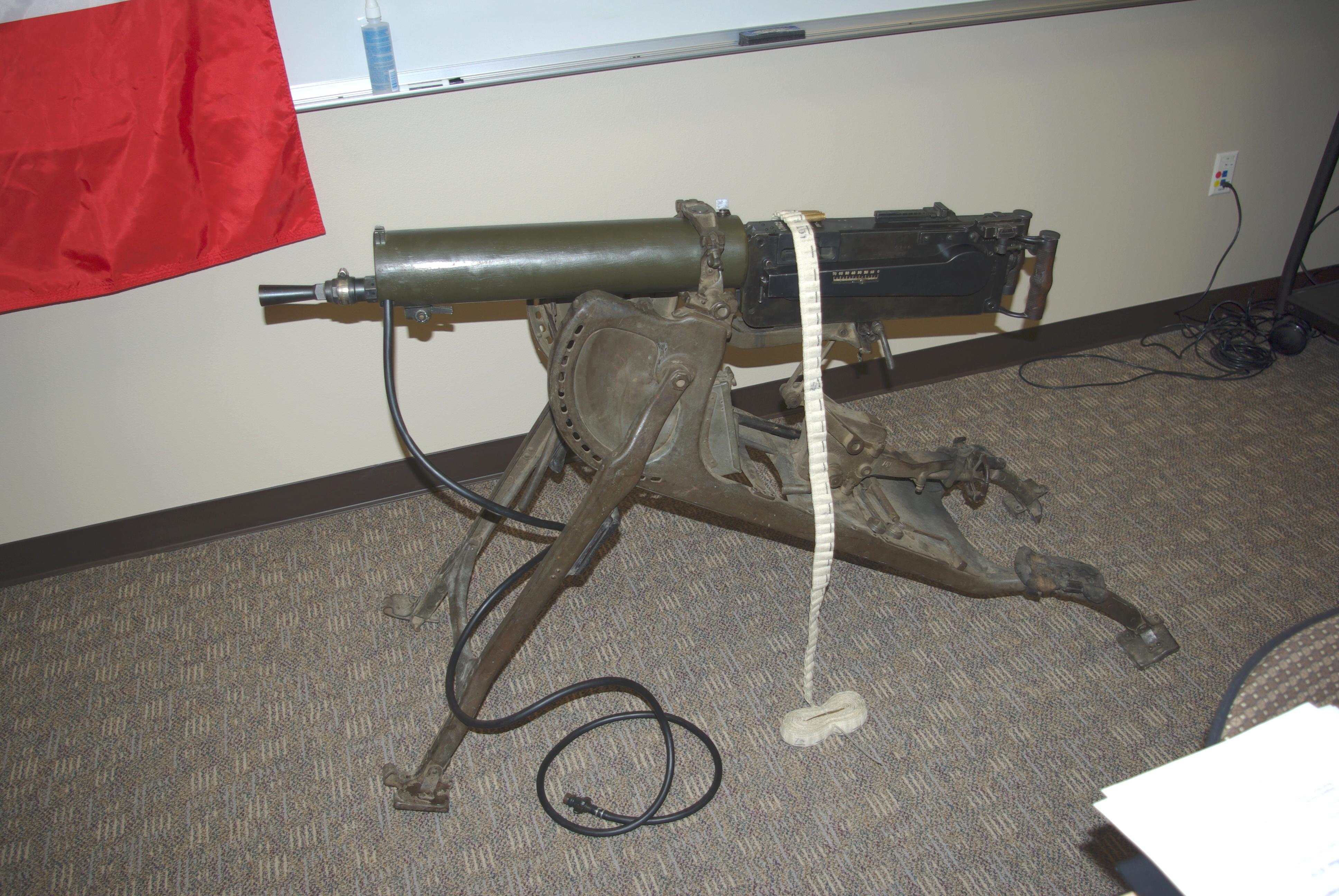
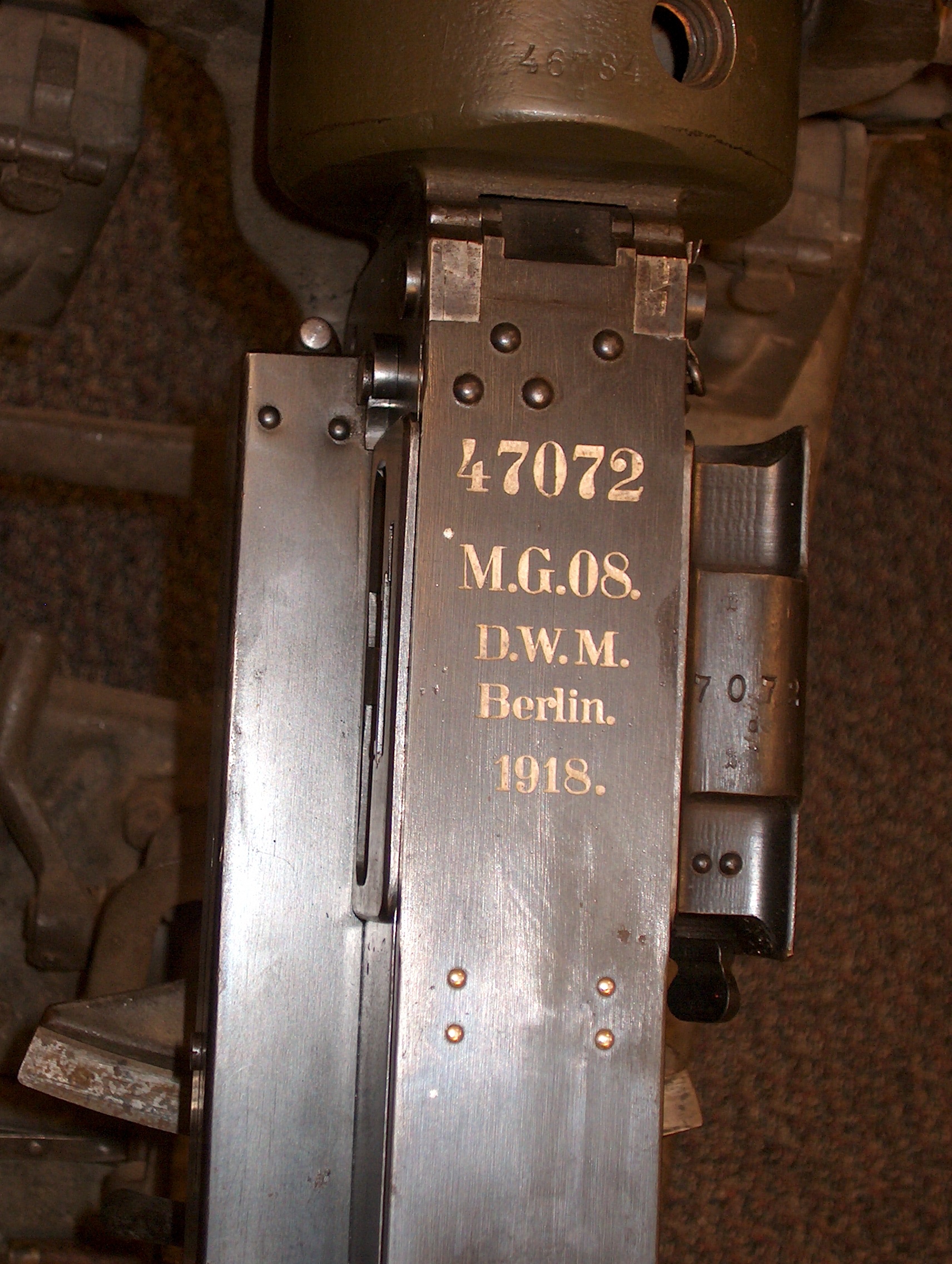
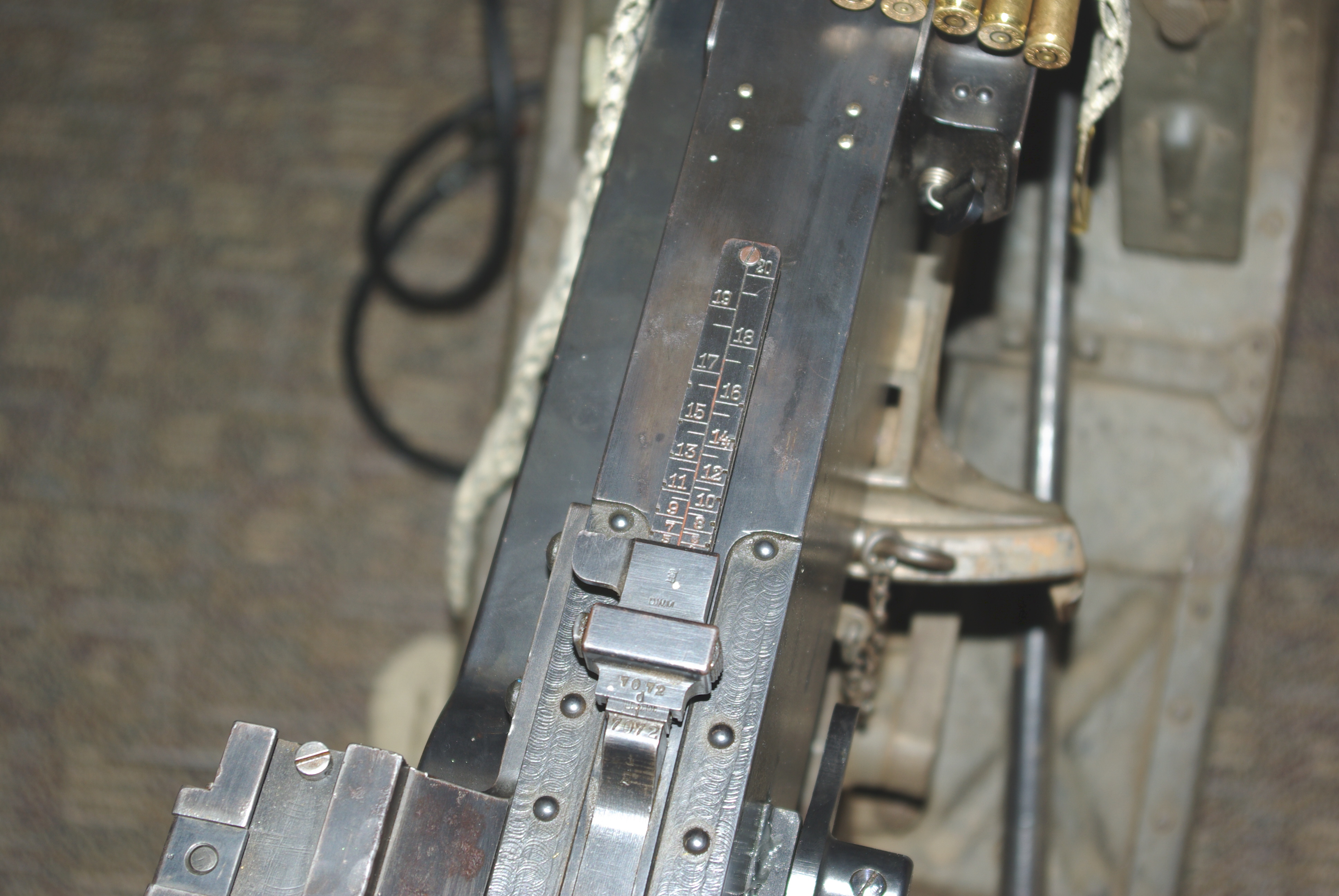
Yes, it's an operational MG08, with a belt full of dummy cartridges:
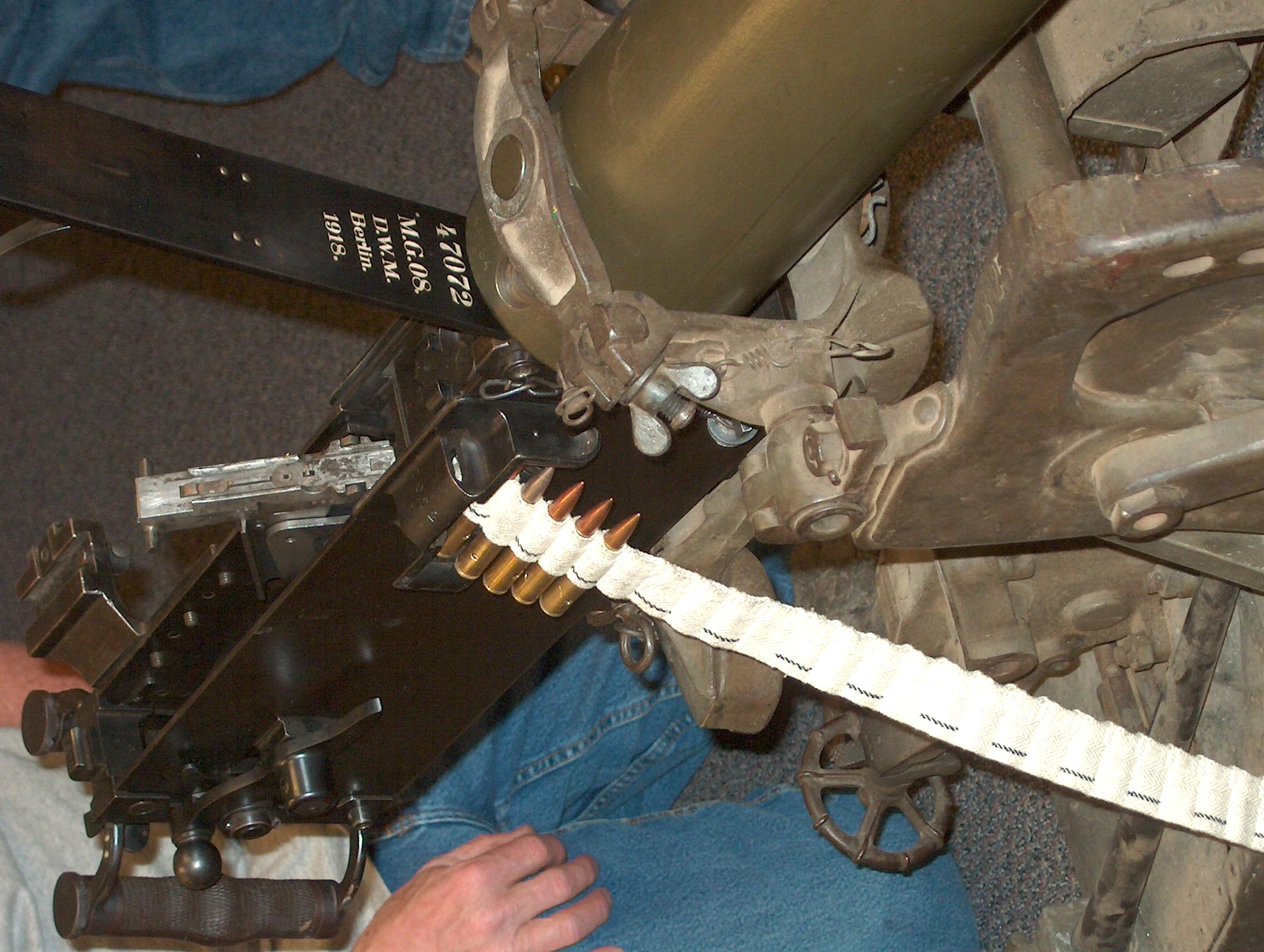
Oh yes, how can you discuss World War I poetry without a French Chau-Chau light machine gun?
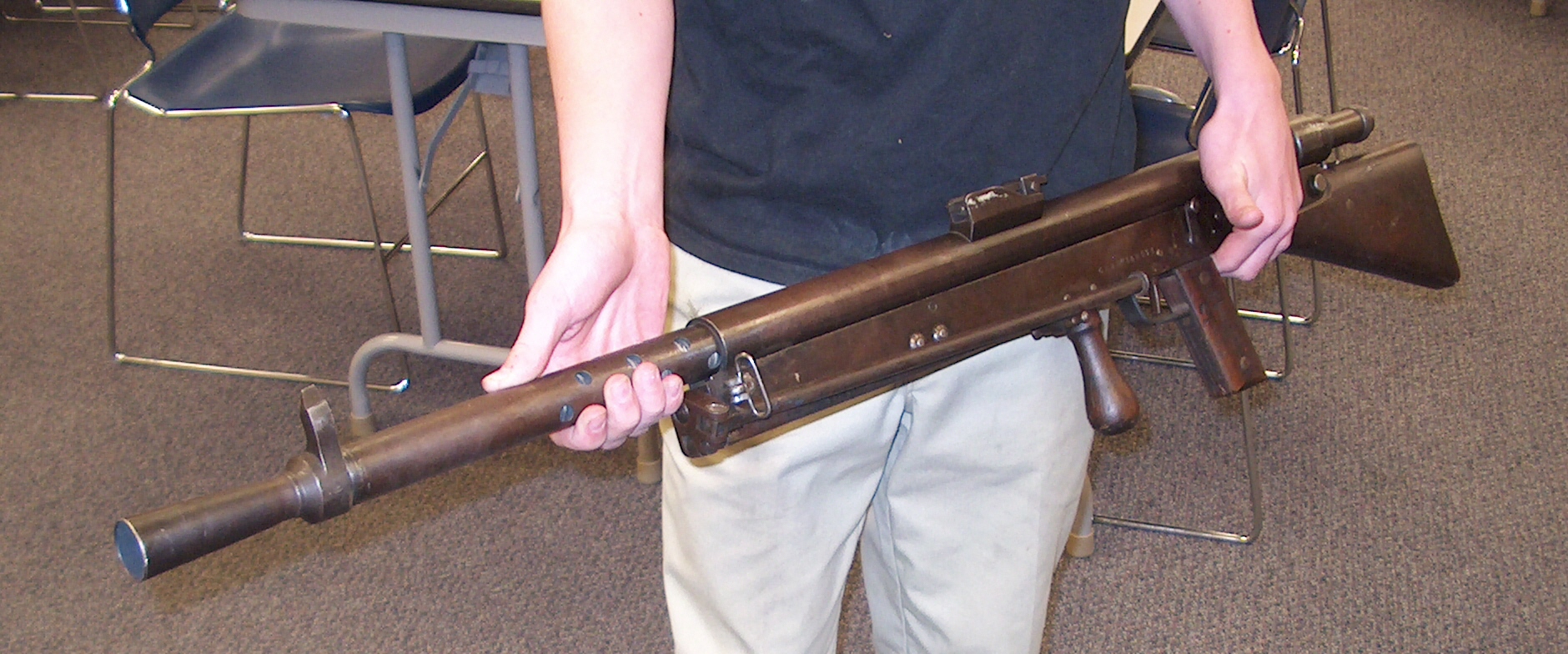
There are also gas masks, World War I era rifles (with bayonets), handguns, and reproductions of the propaganda posters of the period:
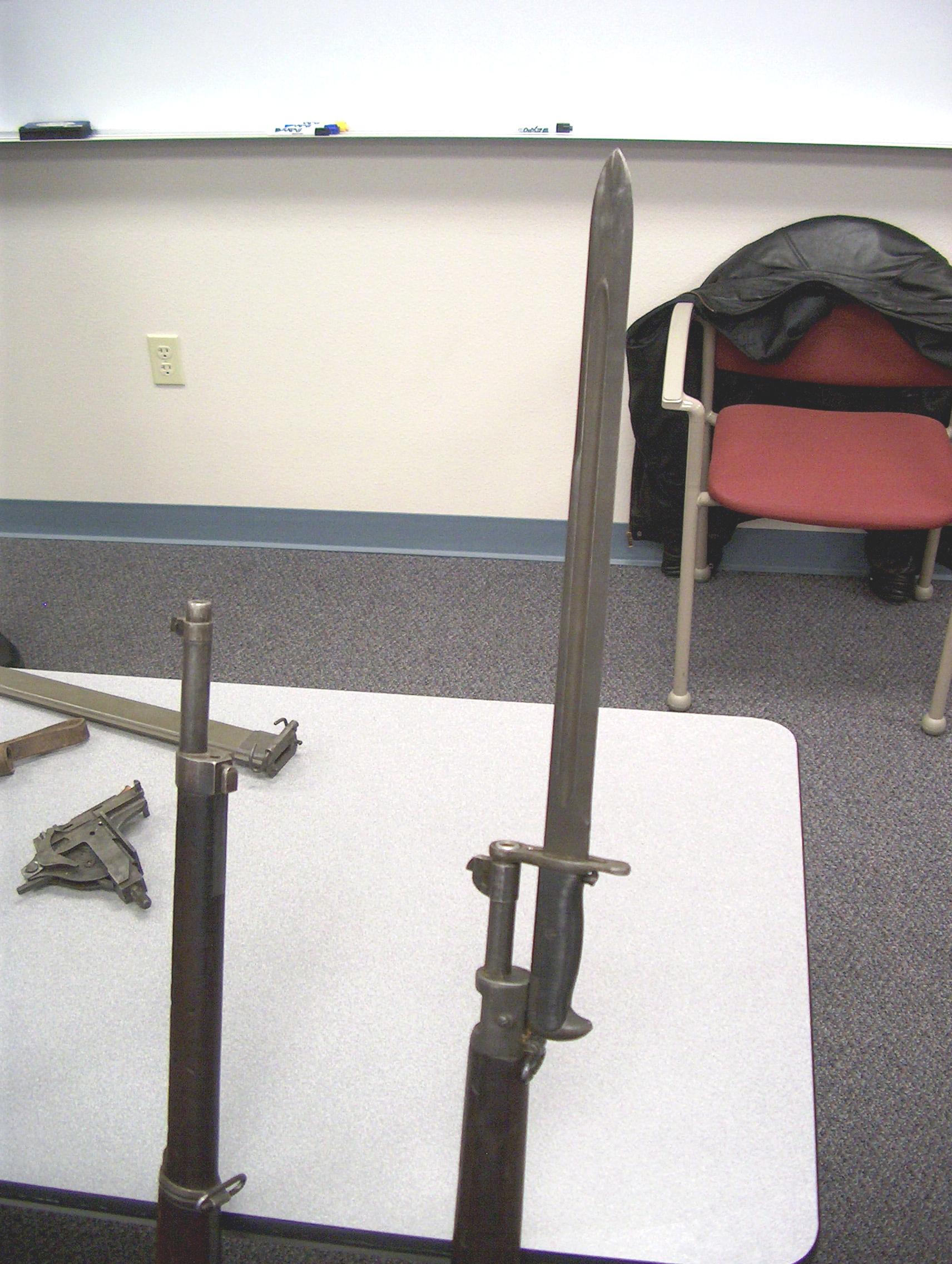
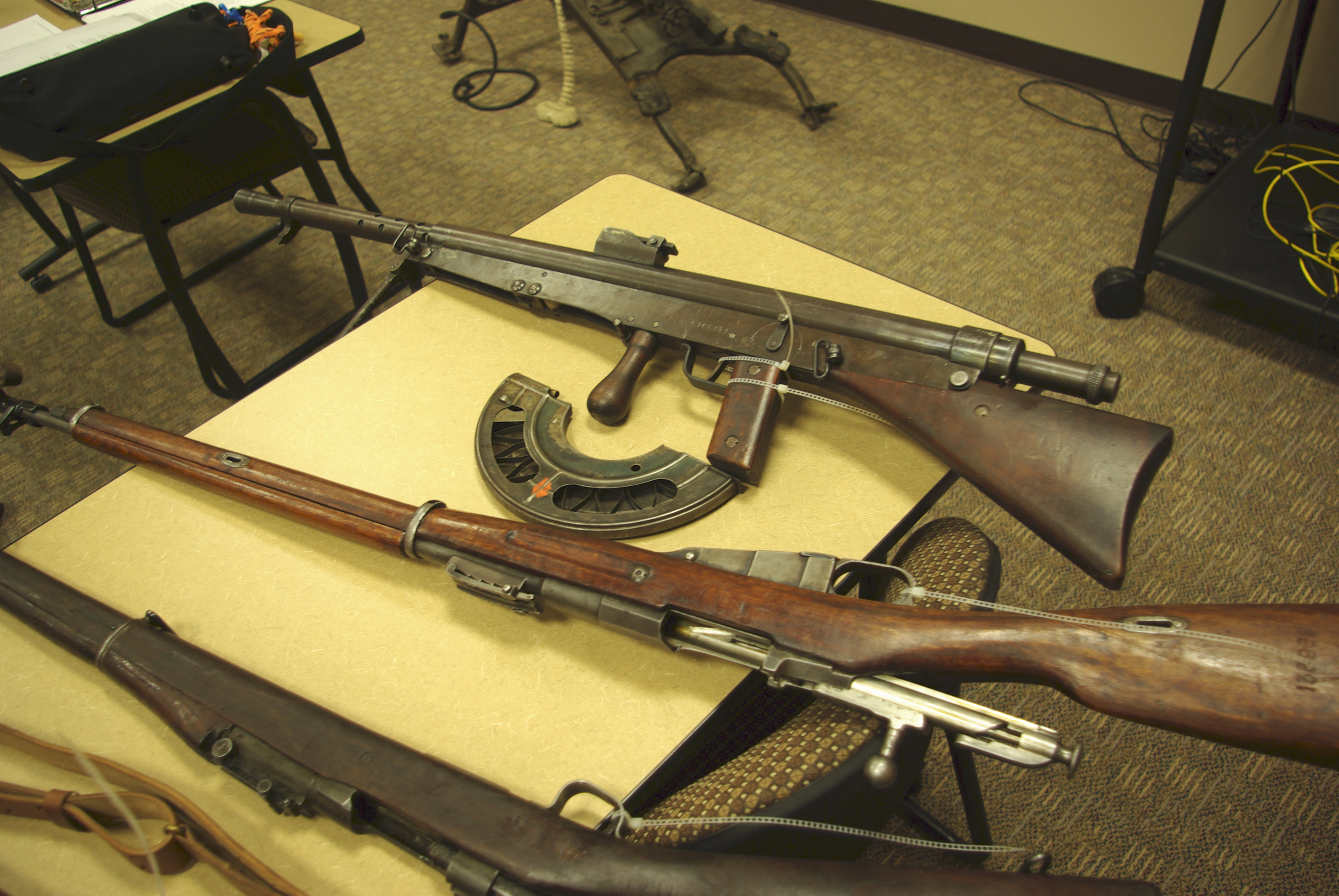
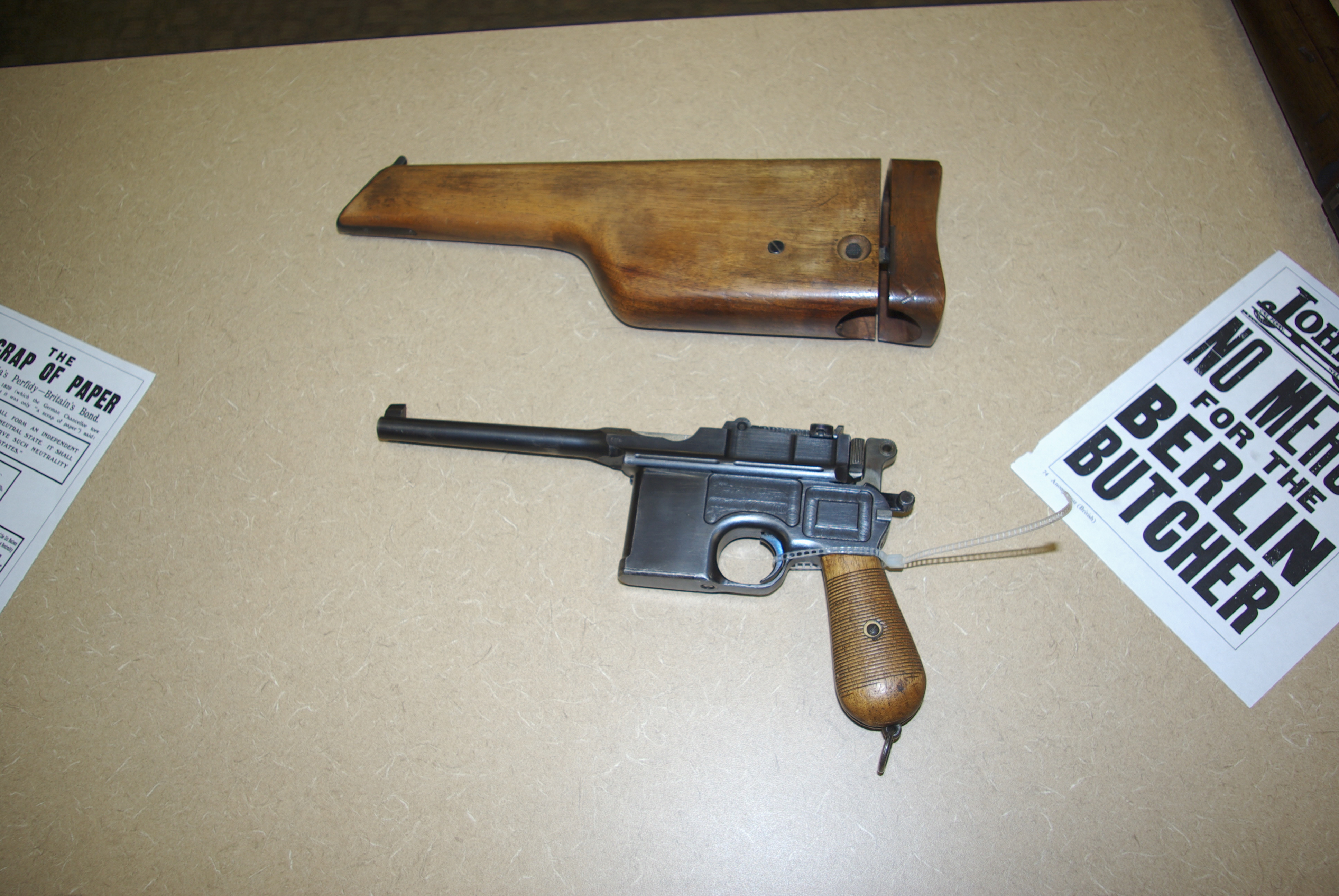
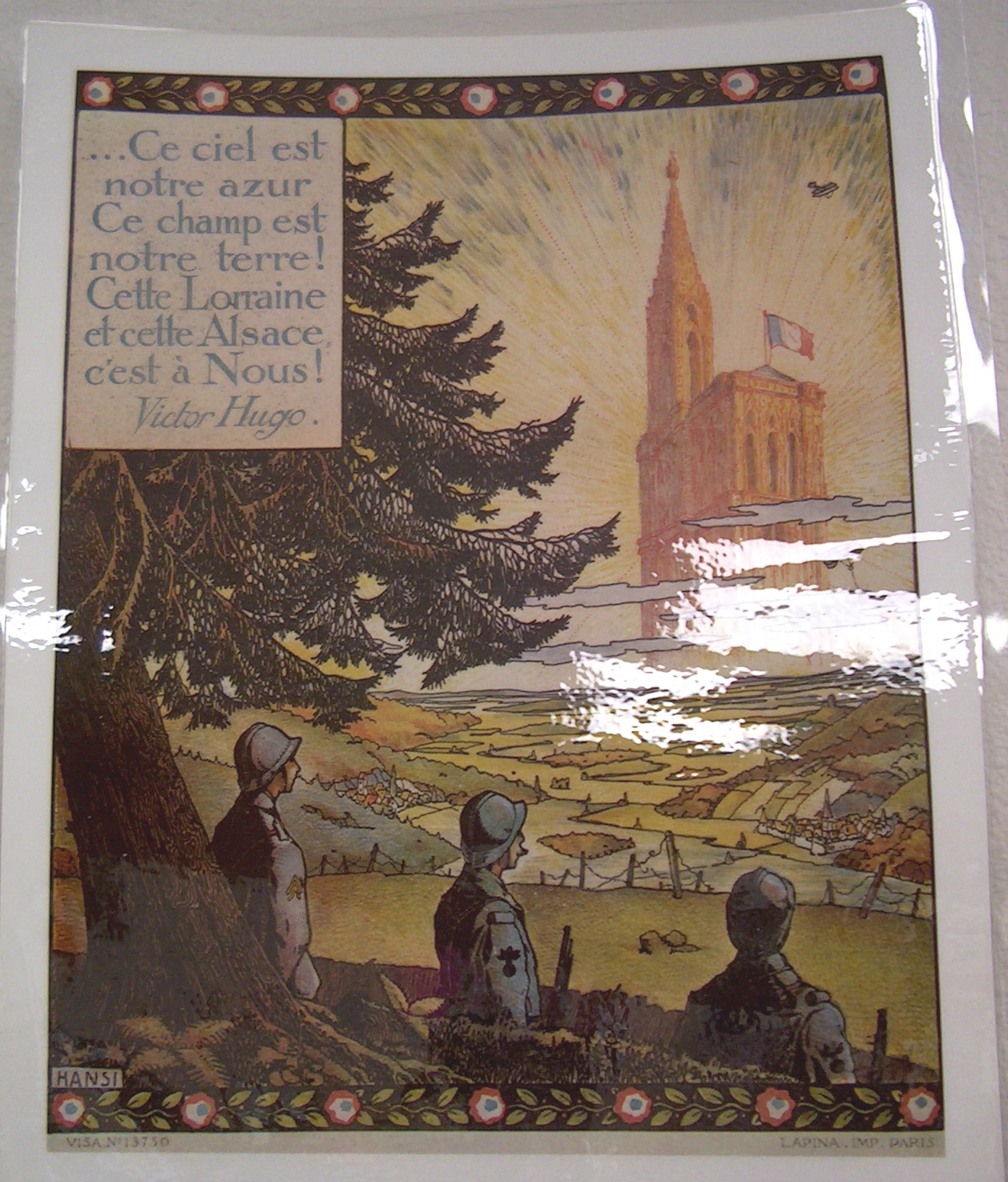
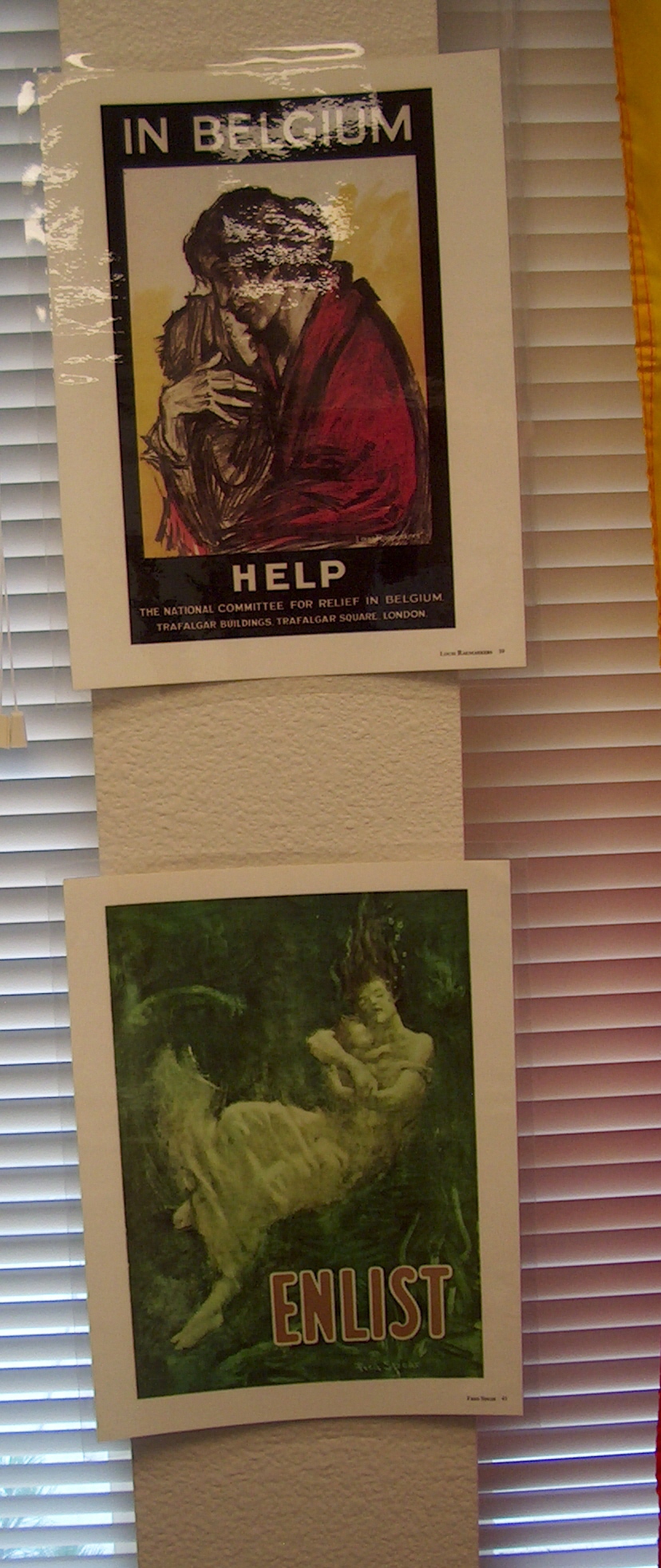

Okay, enough with the eye candy. Part of what makes these unique, eye-opening, and somewhat sobering collection possible is collectors like Bruce Black, with the Idaho Automatic Weapons Collectors Association, who has been good enough to haul his hardware into my wife's classroom—and that's what makes groups like the IAWCA so important. As the bylaws of the IAWCA explain, one of its purposes is, “To educate the public in general and shooters in particular in matters related to firearms and related items regulated under the provisions of the National Firearms Act....”[1] People like Bruce Black show up, and demonstrate that machine gun collectors aren't crazy people, two steps away from becoming an ugly headline, but intelligent, thoughtful people who play a part in preserving historical artifacts for the benefit of those who are prepared to learn from history.
You should always think of yourself as an ambassador for gun ownership—someone who other gun owners would be happy to see as law-abiding and responsible. There are a lot of collector associations and historical re-enactors around the country. Some are focused on automatic weapons. Some focus on Mountain Man era West, or Civil War. There are Revolutionary War re-enactors, and even some some who do World War II. For a lot of Americans, the only contact that they may have with guns and gun history is will be organizations like this—and we should be glad that these groups are out there.
Clayton E. Cramer is a software engineer and historian. His sixth book, Armed America: The Remarkable Story of How and Why Guns Became as American as Apple Pie (Nelson Current, 2007), is available in bookstores. His web site is http://www.claytoncramer.com.